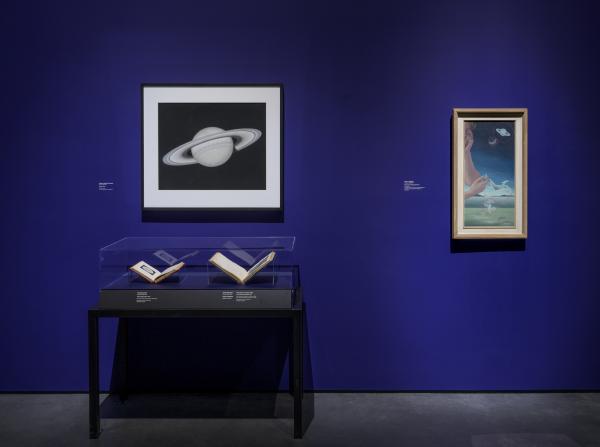“The most beautiful thing we can experience is the mysterious. It is the source of all true art and science.” —Albert Einstein
Multiple exhibitions currently on view at LACMA provide the opportunity for contemplative moments. In particular, Mapping the Infinite: Cosmologies Across Cultures and Josiah McElheny: Island Universe invite viewers to consider the ways humans have understood and connected with the cosmos, finding meaning in the many wonders of the celestial realm.
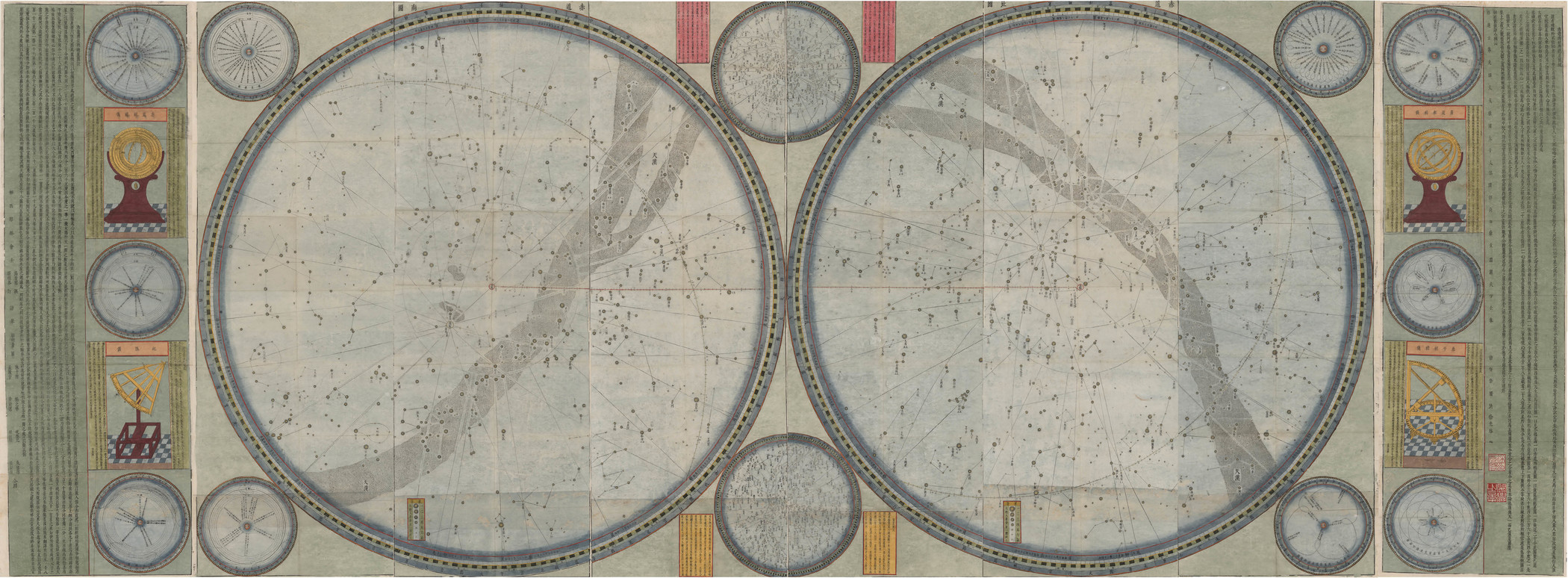
Awe is a feeling of reverential respect and wonder. It is the emotion we experience when we encounter vast mysteries beyond our full understanding, from seeing a rainbow reflected in a raindrop to standing at the edge of the Grand Canyon to looking up at the night sky and witnessing the brightness of a planet on a clear evening. These moments evoke a profound sense of being part of something far greater than ourselves. Research continually shows that moments of awe benefit our minds and our bodies by calming the nervous system, fostering positive emotions, and enhancing our sense of connection to the world around us.
Looking at art offers countless opportunities to experience awe. Here are a number of prompts for leaning into the awe and wonder found in these two exhibitions—and in your daily life.
Mapping the Infinite: Cosmologies Across Cultures
When you enter Mapping the Infinite, which is presented as part of PST ART and explores the history of cosmologies across time and space, take a moment to experience the sweep of the gallery and allow your senses to fully engage with the space. Take in the sounds, the colors, and the range of objects on view. Then, look for a work that you would like to spend more time with. It could be an object from thousands of years ago like a small cylinder seal from Mesopotamia, or an exquisite replica of the Bronze Age Nebra Sky Disk discovered in Germany, or contemporary artworks by Los Angeles–based artists Mercedes Dorame and Sandy Rodriguez, or anything else.
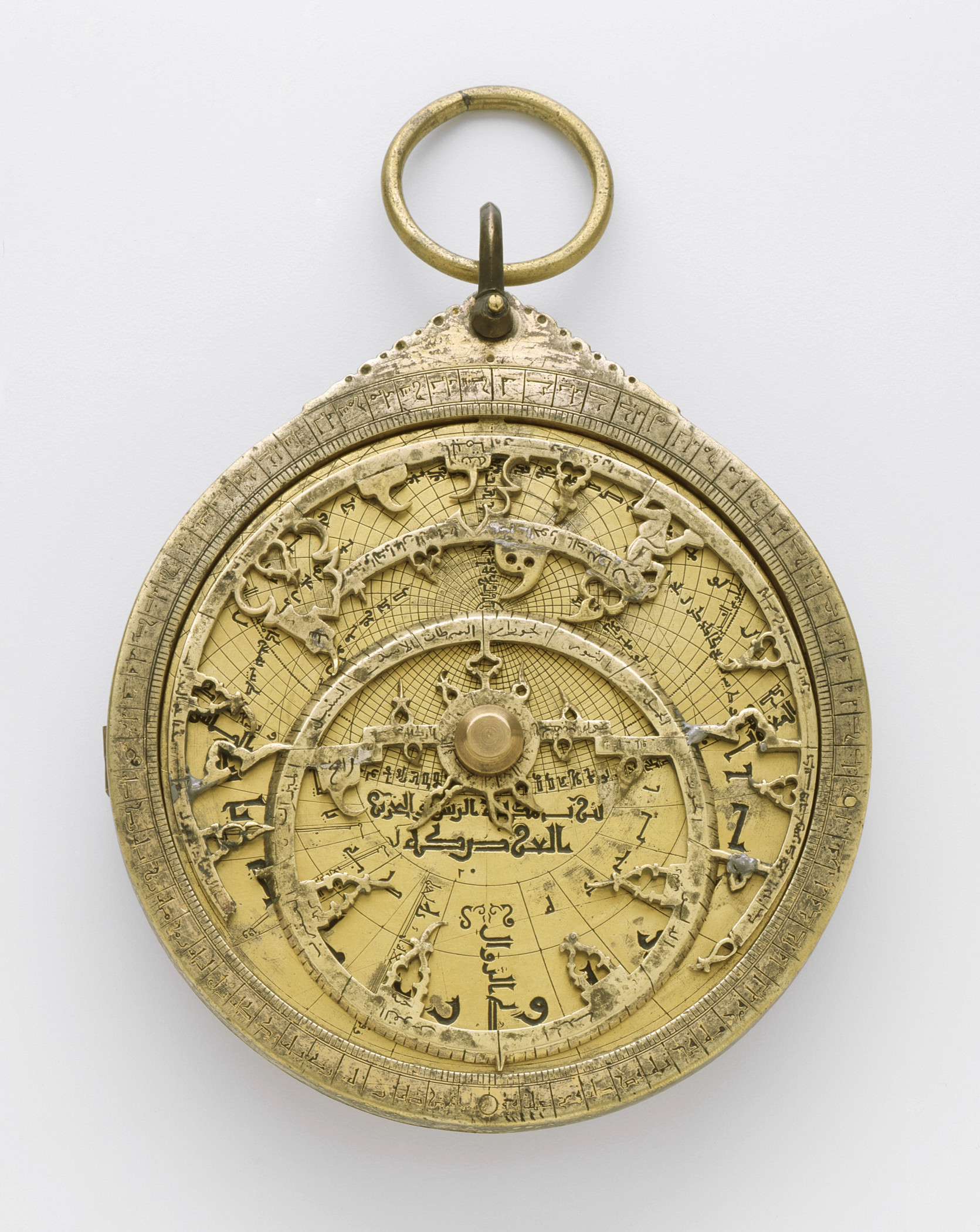
As you look at the artwork you have chosen, take a deep breath and let your eyes move freely around the object as you exhale. When you find an interesting detail, pause and look at that area more closely. Then, continue to let your eyes wander as you breathe. You can also consider the following questions:
-
How do your eyes travel across this work?
-
What thoughts or emotions come to mind when you look at it?
-
How does your perception of the work evolve the longer you have looked at it?
-
What else strikes you about this work?
Other galleries in this exhibition group artworks by different time periods and cultures. You can see works that strive to map the sky in very precise ways and ones that provide symbolic representations. There are superbly crafted astronomical instruments and works that represent recent discoveries about galaxies and star systems beyond our own.
As you walk through the rest of the exhibition, find another artwork that calls to you and that you find interesting. Look at it with care and with curiosity. If you have questions about the work, note them. Experience the work fully, spending time with your observations, thoughts, and questions.
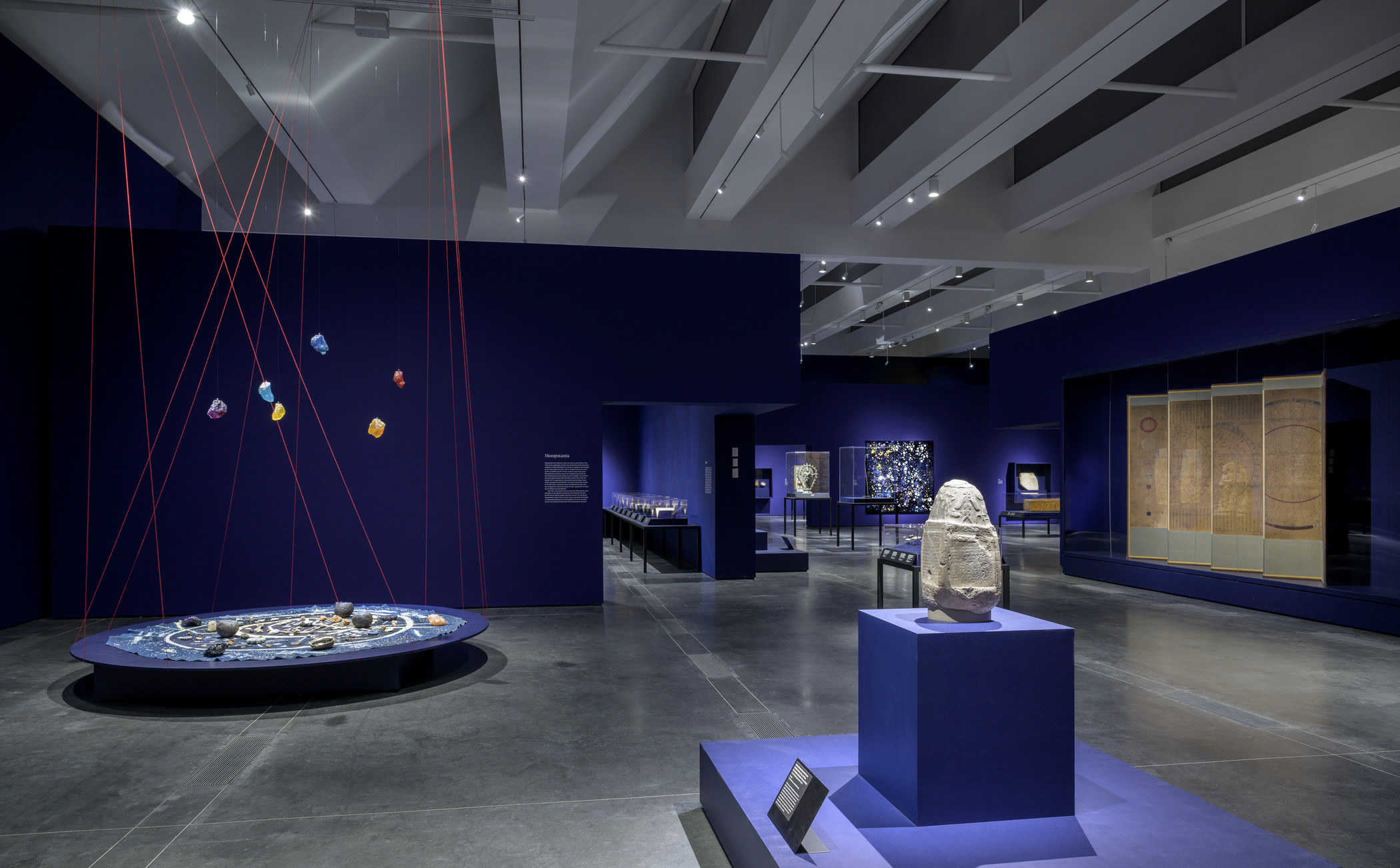
Objects in Mapping the Infinite explore human history and the ways multiple cultures have responded to big questions: How was the universe created? How is the sky mapped? How is time measured? In what ways are societies shaped by their connection to the celestial realm? As a result, you may also reflect on your place in the universe, both as an individual and as part of humanity’s ongoing endeavors to understand and explain the universe over millennia.
Josiah McElheny: Island Universe
Josiah McElheny’s dramatic Island Universe explores the concept of the multiverse—the idea that countless universes exist alongside our own—and also invites slow and contemplative viewing of both details and the full installation.
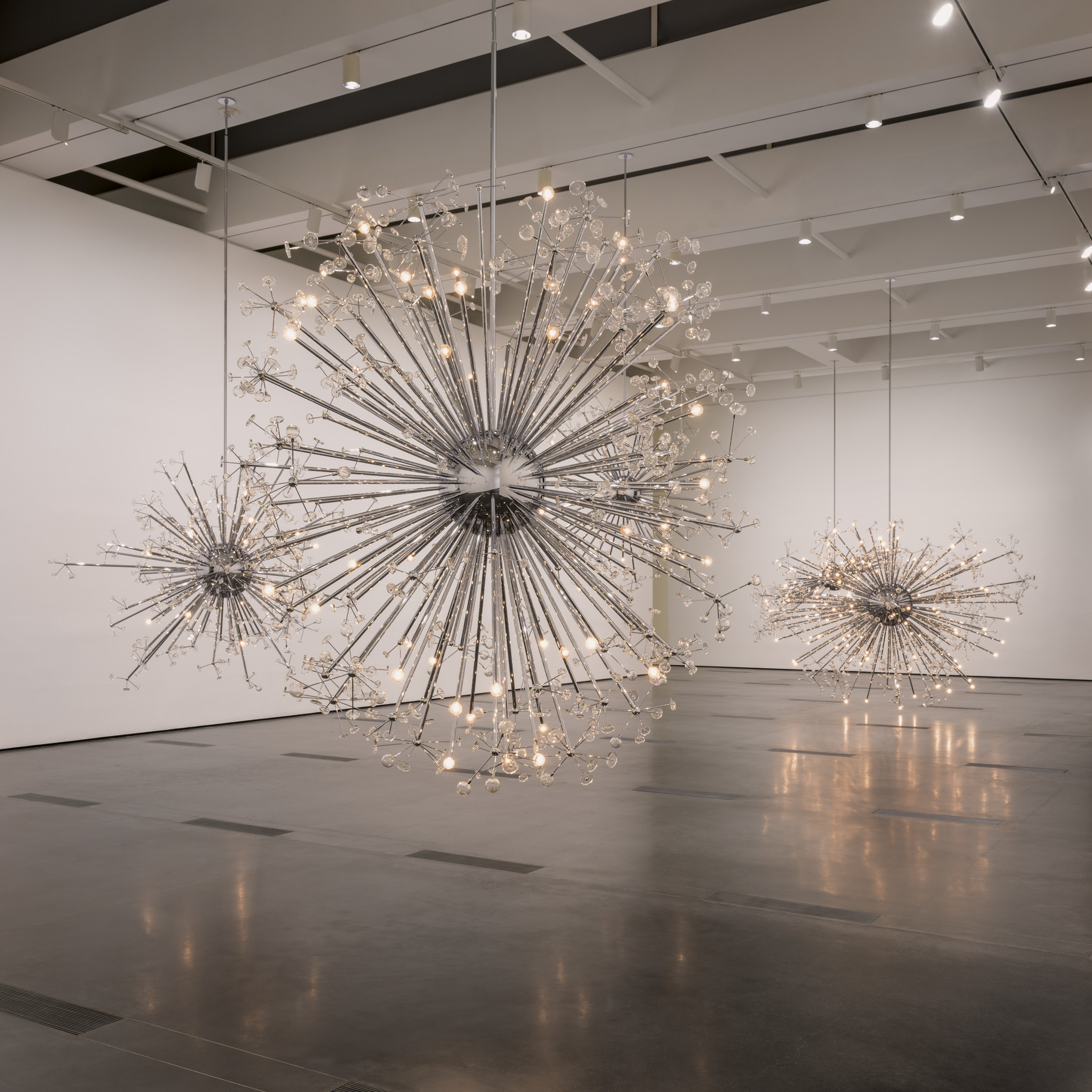
Immerse yourself in Island Universe by taking a deep breath and experiencing the whole installation. Then, slowly zoom in to a detail that captures your interest. From there, gradually expand your view to the entire installation once more. Take a moment to pause and reflect on what you see.
Ask yourself these questions in relation to the art and your daily life:
-
How does this artwork communicate a sense of awe about the world?
-
When have you experienced awe? What impact did it have on you?
-
How do you share or remember those experiences?
-
How can you cultivate more awe-inspiring moments in your daily life?
After spending time with these exhibitions, we hope you find yourself feeling inspired and curious. As the early Chinese philosopher Lao Tzu observed, “From wonder into wonder, existence opens.”
On Thursday, November 14, meditation teacher Mariko Tu will lead Infinite Possibilities: An Evening of Awe and Wonder, a program exploring Mapping the Infinite and Island Universe. On Monday, November 18, Elizabeth Gerber and Mariko Tu will lead Mindful Monday: Cultivating Empathy and Connectedness @ Home, an online program inspired by Mapping the Infinite. For additional tips for slowing down in the galleries, see this previous Unframed post about art and mindfulness.
Mapping the Infinite: Cosmologies Across Cultures is on view in the Resnick Pavilion through March 2, 2025. Josiah McElheny: Island Universe is on view in the Resnick Pavilion.



